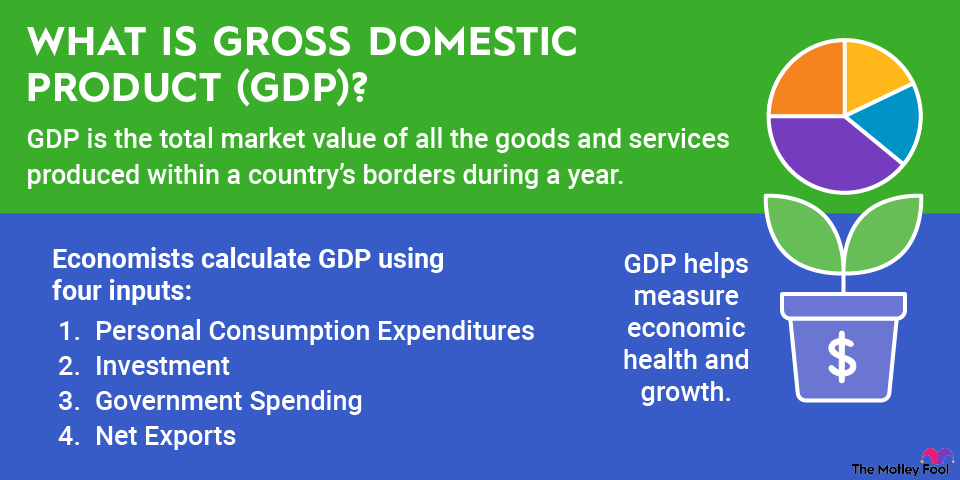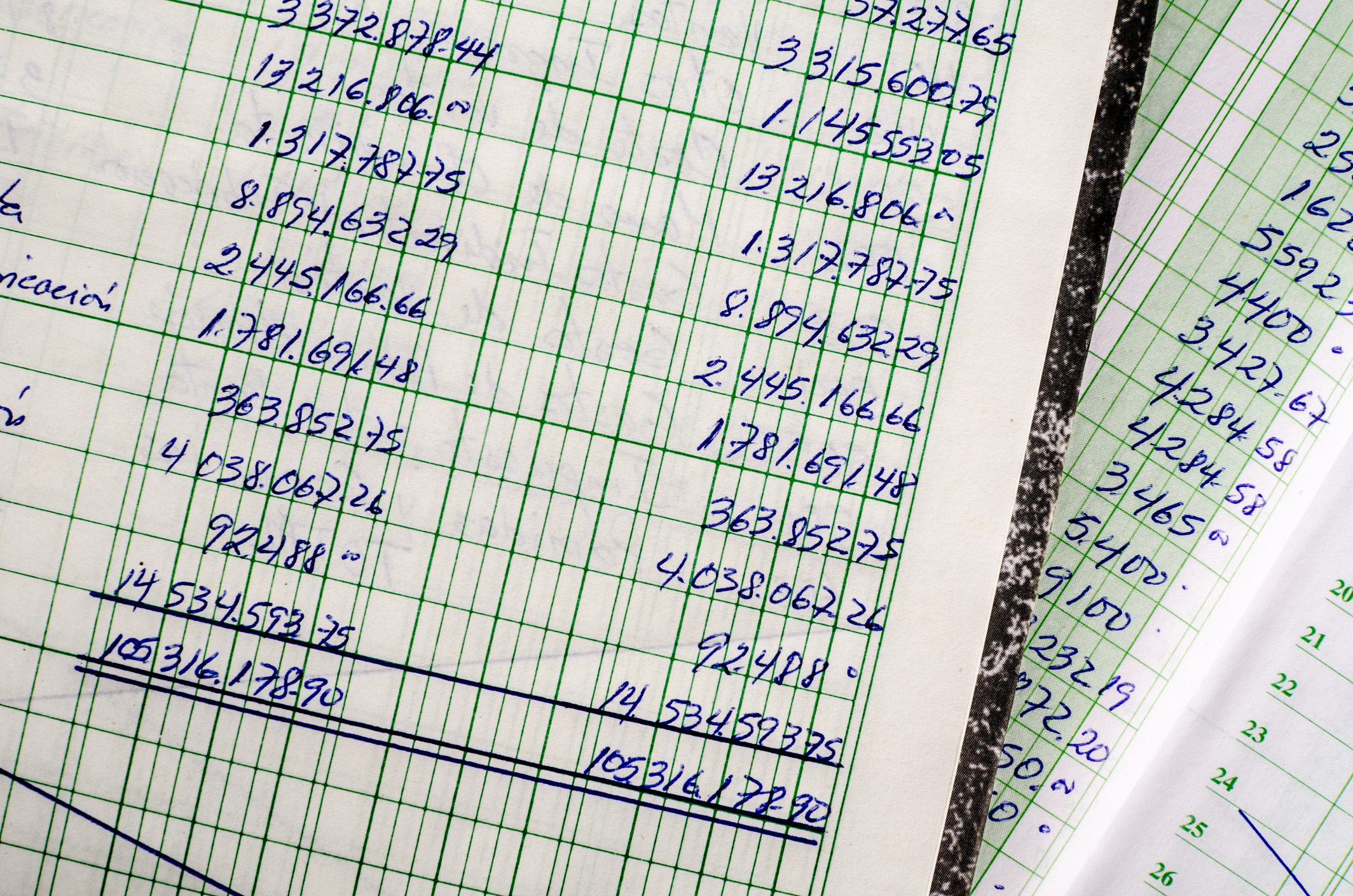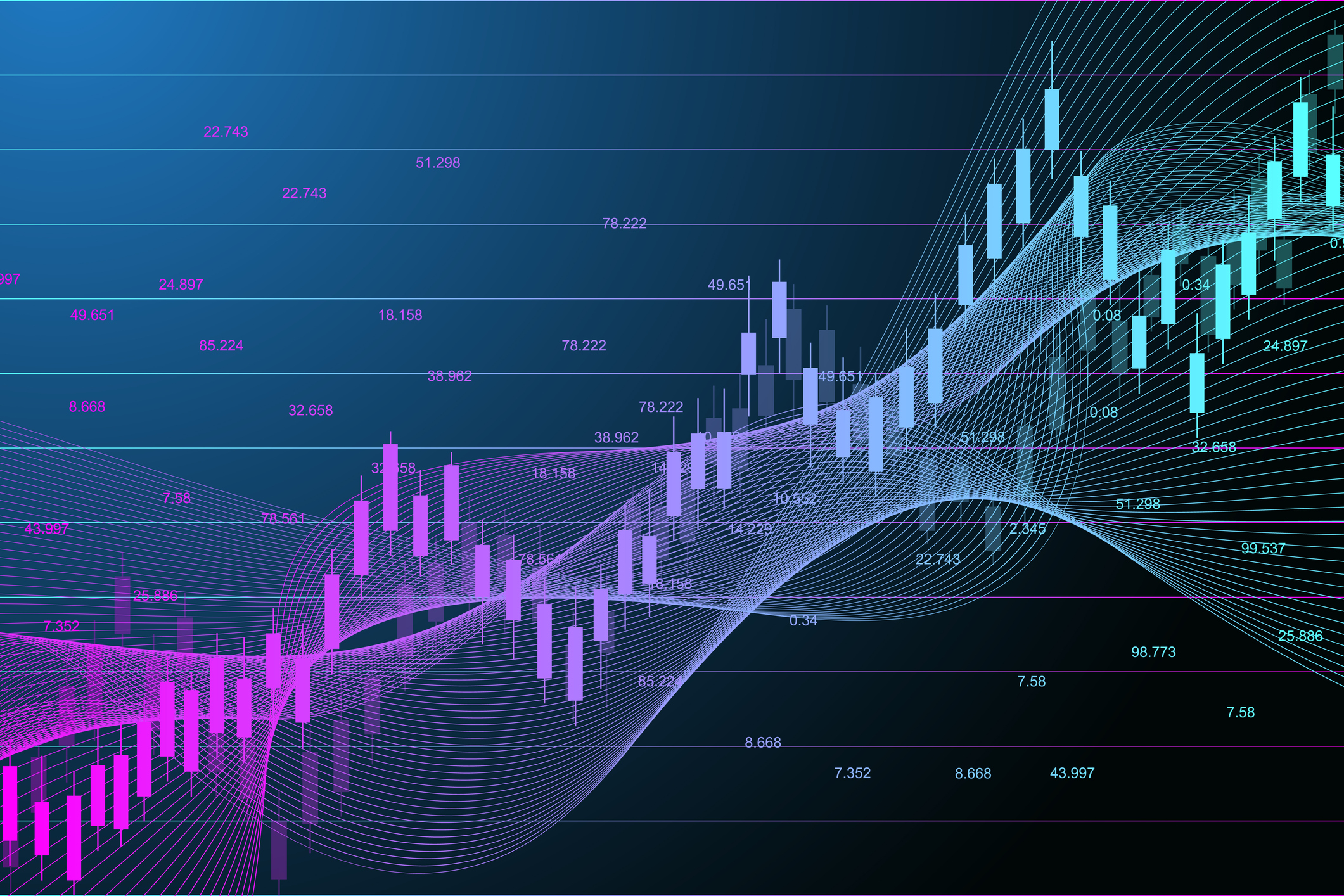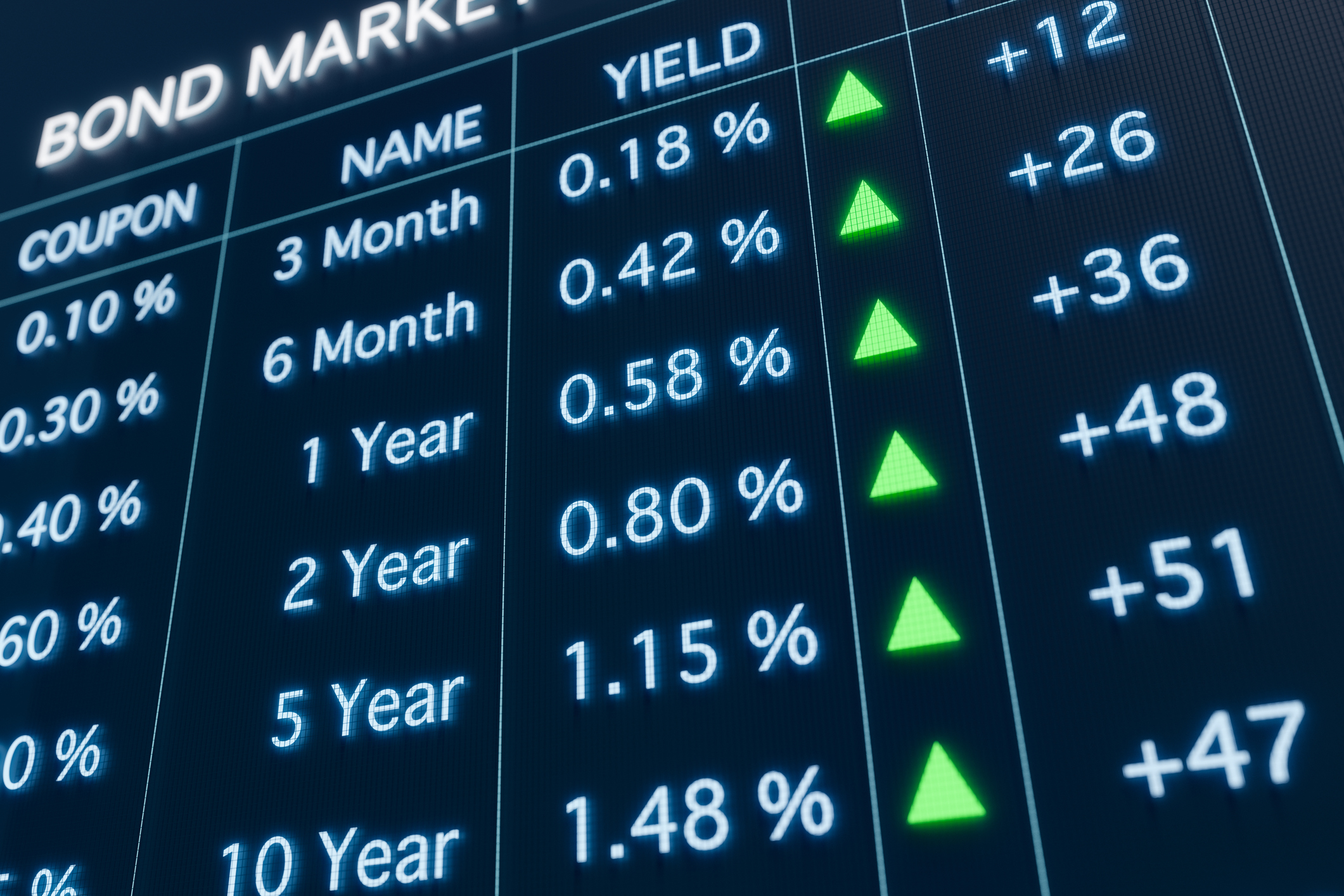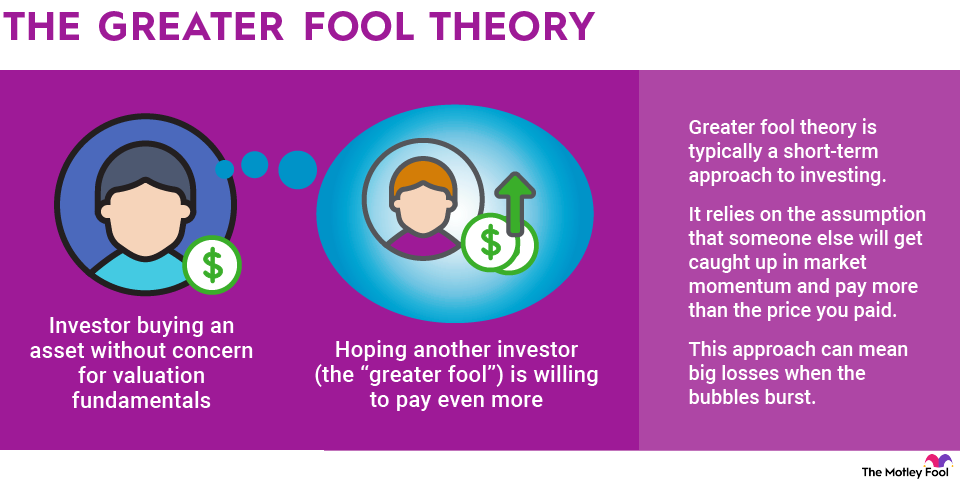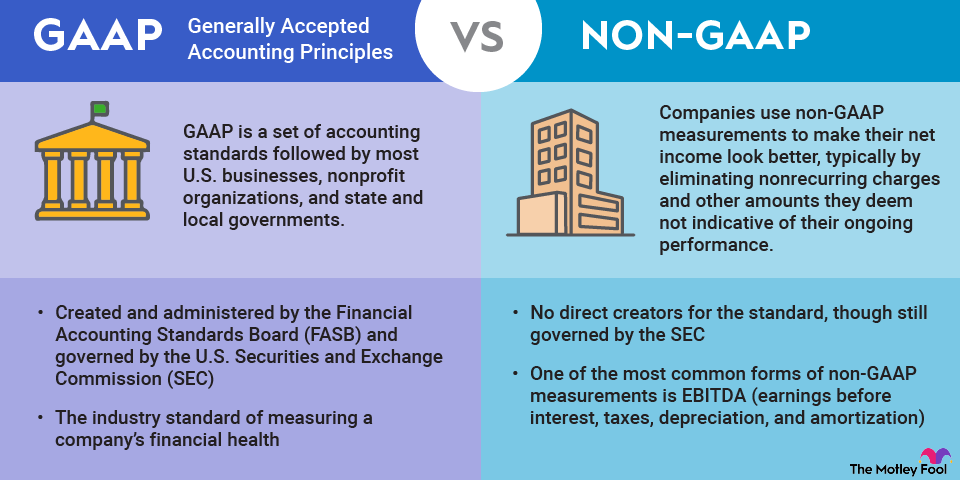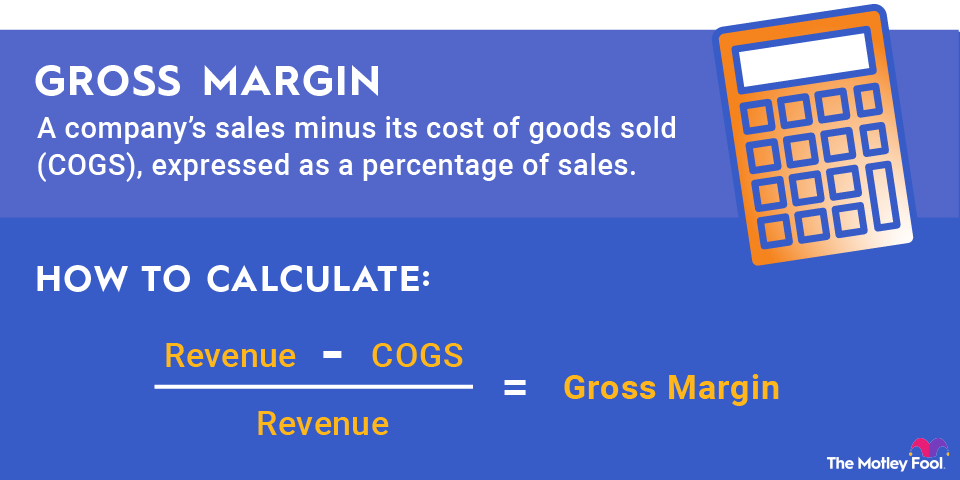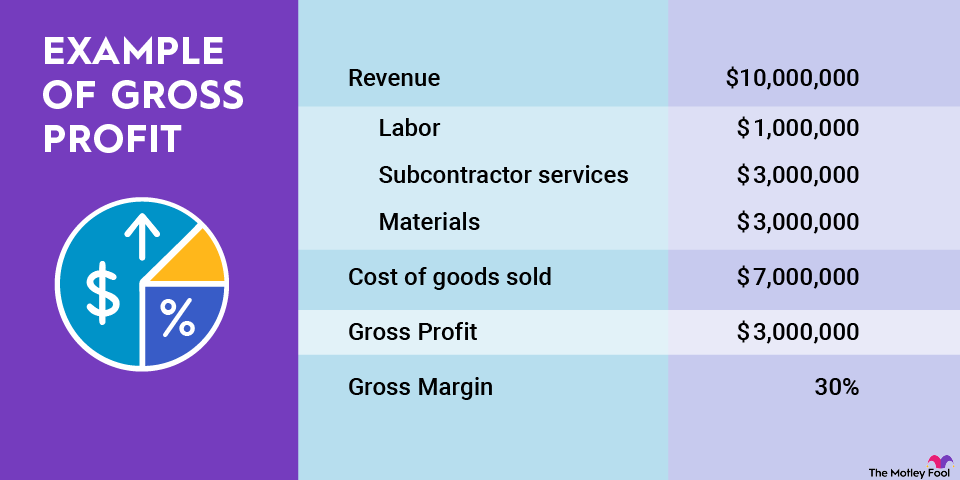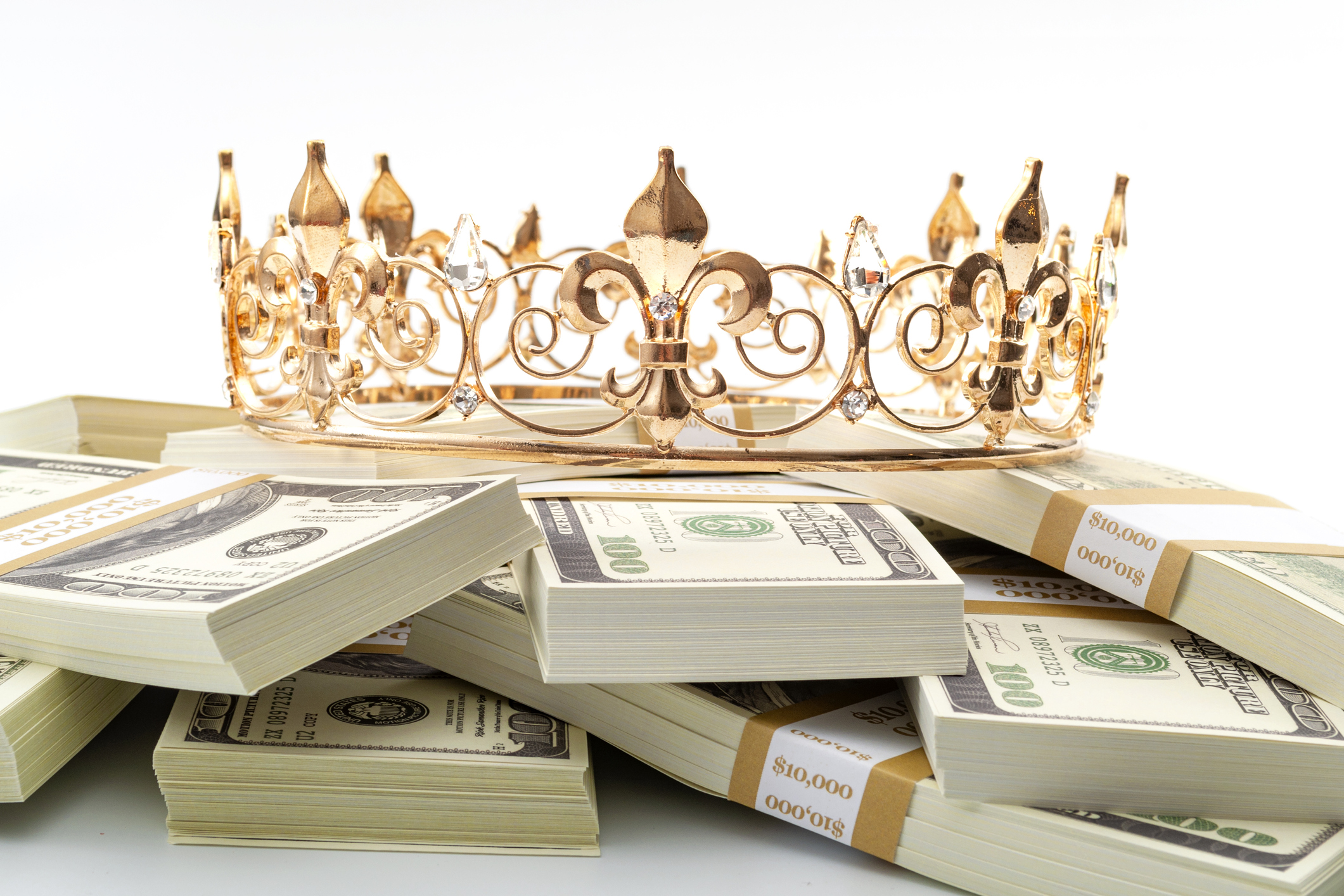Businesses will often pay a premium to acquire another company, handing over more money than the company being purchased is worth. Why pay more than the fair market value? In a word, goodwill.
We’ll explain how goodwill is defined, how it’s handled on a company’s financial statements, and outline the pros and cons of goodwill for investors. We'll also provide examples of how goodwill has affected recent business transactions.
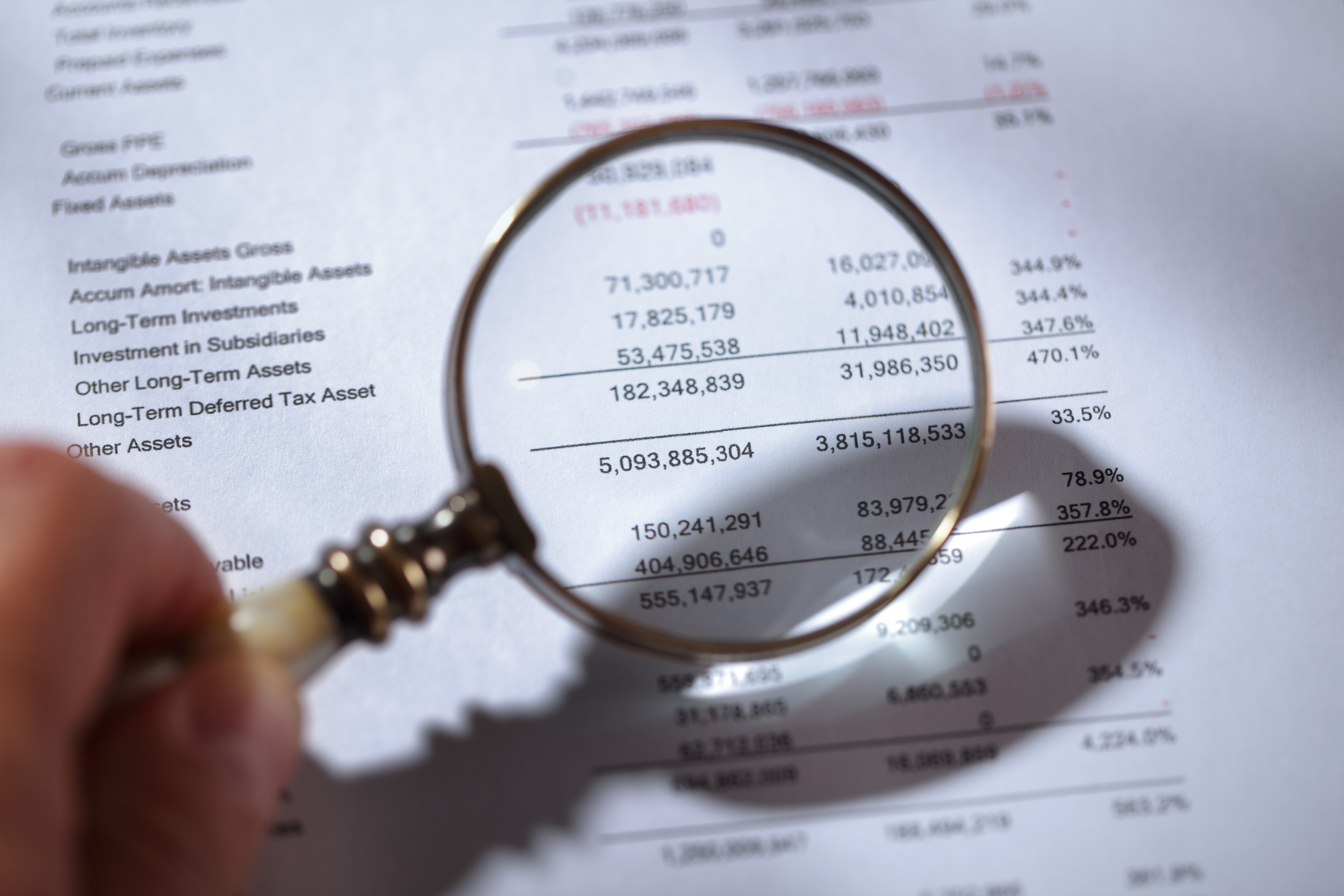
What is goodwill?
Goodwill is an intangible asset that represents the value of a brand, its reputation, patents, specialized workforce, customer service, or possible synergies from the acquisition.
When one company acquires another, it might pay more than the fair market value of the company being acquired. The reason often is that the acquiring company can add goodwill as an asset.
Calculating goodwill is generally a straightforward exercise. You can calculate goodwill as follows:
Company's purchase price - fair market value of assets and liabilities = Goodwill acquired.
For example, suppose Company A pays $1 million for Company B, which has $750,000 in cash holdings, inventory, accounts receivable, and assets. The amount of goodwill acquired by the purchase of Company B is $250,000.
Related investing topics
Examples of goodwill
As tech-related companies have become integral parts of the economy, mergers and acquisitions have become common -- and with them, goodwill has been included in the balance sheets. Three examples stand out:
- Google and YouTube (2006). Before it became part of Alphabet (GOOG +2.70%)(GOOGL +2.73%), Google acquired video-sharing channel YouTube for $1.65 billion. At the time, YouTube had few tangible assets, so much of the value involved in the stock-for-stock purchase was considered goodwill.
- Disney and Pixar (2006). The same year as the YouTube acquisition, Walt Disney (DIS -1.23%) bought Pixar, the film animation studio that had created beloved hits like Toy Story and Finding Nemo. Pixar’s intellectual property, creative and talented workforce, and potential synergies with Disney’s entertainment empire made up a large part of the $7.4 billion purchase price.
- Microsoft and LinkedIn (2018). After watching social media giants like Facebook (META +0.59%) and Twitter gain enormous audiences, Microsoft (MSFT +0.56%) jumped into the social media space with its $25 billion acquisition of LinkedIn. More than $16 billion of the transaction was attributed to goodwill.
